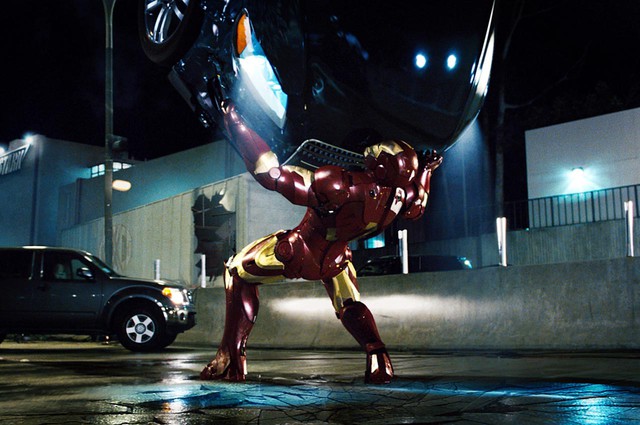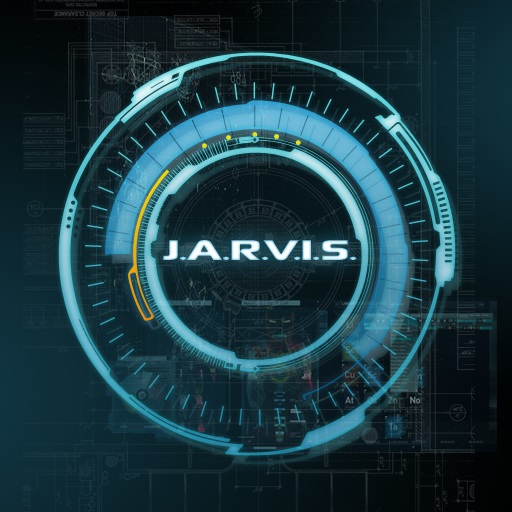Science Fiction and science fact often intersect, sometimes one inspired by the other.
Case in point is the Iron Man ARC reactor, which powers the Iron Man suit itself:
 “Tony Stark is one of Marvel’s most vivid creations, made ever more so by Robert Downey Jr. in Iron Man (2008) and two sequels (2010 and 2013).
“Tony Stark is one of Marvel’s most vivid creations, made ever more so by Robert Downey Jr. in Iron Man (2008) and two sequels (2010 and 2013).
Embedded in his sternum is a powerful magnet that prevents shrapnel, stuck there from a near-fatal wound, from entering his heart and killing him. It’s powered by an “arc reactor,” which also provides energy for his Iron Man armor.
The ability to conceal a nuclear power plant in your shirt isn’t an imminent possibility, but reactors are shrinking. The U.S. supports modular nuclear reactors, which are cheaper and easier to site than conventional models. The military is looking into ultra-lightweight reactors for soldiers in the field.
Taylor Wilson, a 2013 high school graduate from Reno, Nevada, has gained celebrity for his precocious work in nuclear energy. He said by email: “Unfortunately there’s no way to scale down these fission reactors to quite fit inside a suit, especially considering the necessary radiation shielding.”
And what about the construction of the Mark III Iron Man armor?
 “Reading to himself an account of “Iron Man’s” exploits in the morning newspaper, Tony Stark clarifies aloud that the suit is not iron but actually a “titanium-gold alloy.”
“Reading to himself an account of “Iron Man’s” exploits in the morning newspaper, Tony Stark clarifies aloud that the suit is not iron but actually a “titanium-gold alloy.”
In reality, a titanium-gold alloys are heavy and not that strong, Suveen Mathaudhu says. Unless you’re thinking of using it for dental crowns, for which its hardness could be sufficient and anti-corrosion properties helpful.
Alloys of strong, lightweight titanium with aluminum, vanadium, iron and oxygen are common in aerospace and defence parts, such as the front edge of jet turbine engines, which must withstand occasional high-speed impacts and high temperatures.
The Defence Advanced Research Projects Agency’s (DARPA) Warrior Web program designing exoskeletons that can help soldiers carry their equipment.”
Check out the rest of the comic book characters that have their own intersection with science at Bloomberg.


